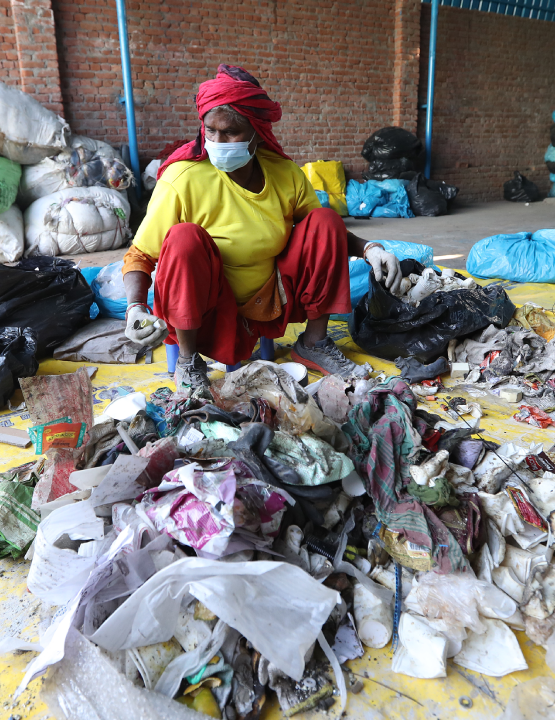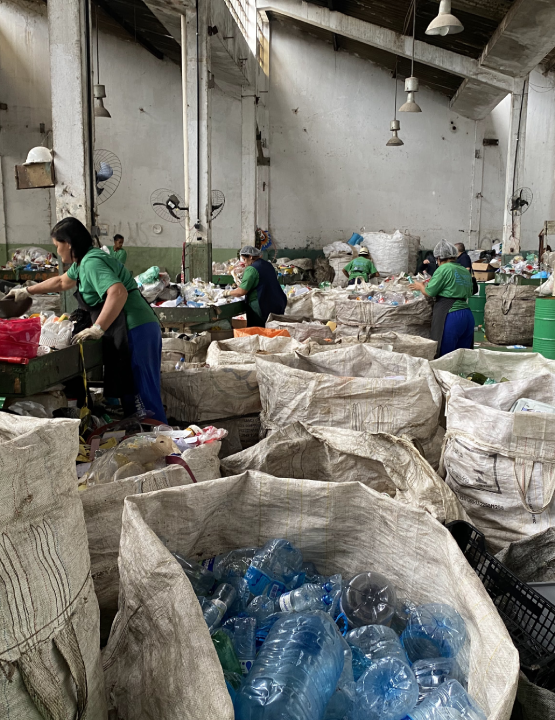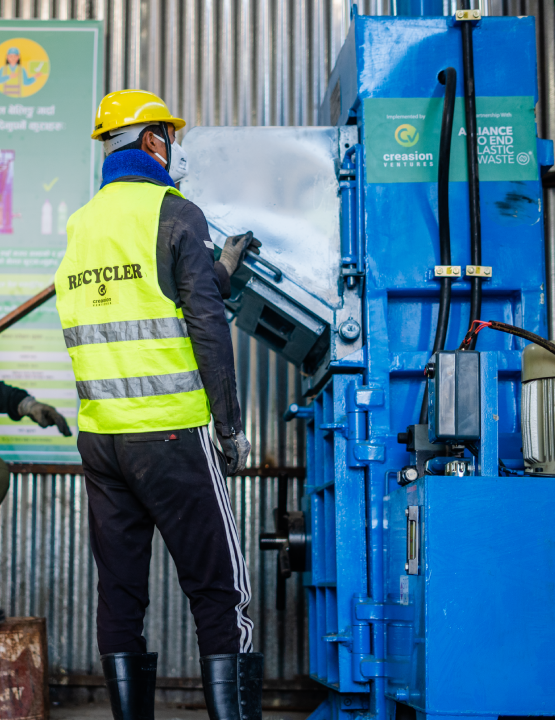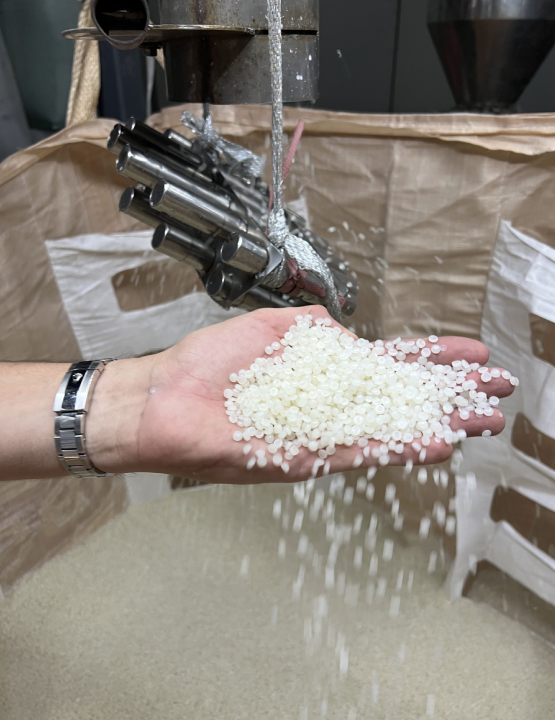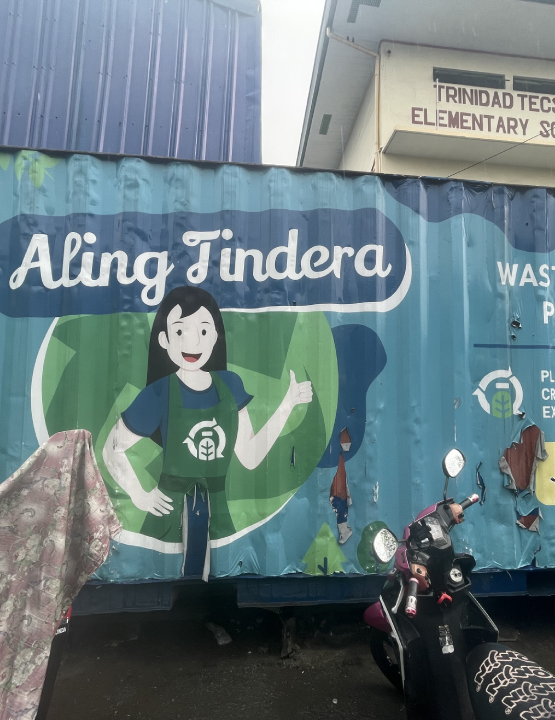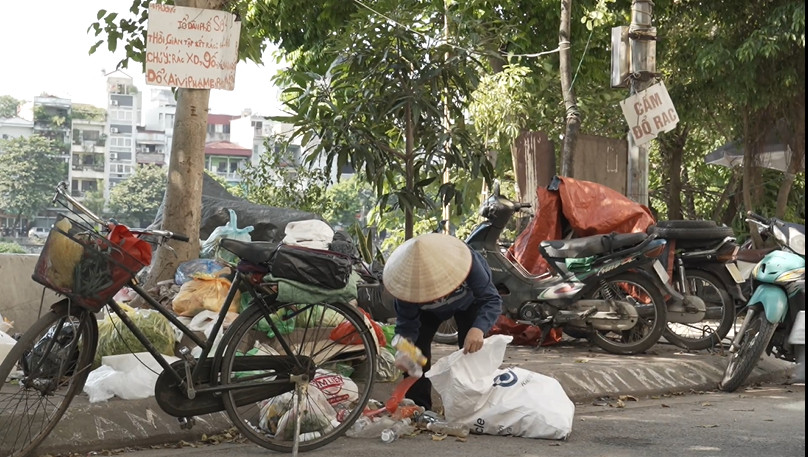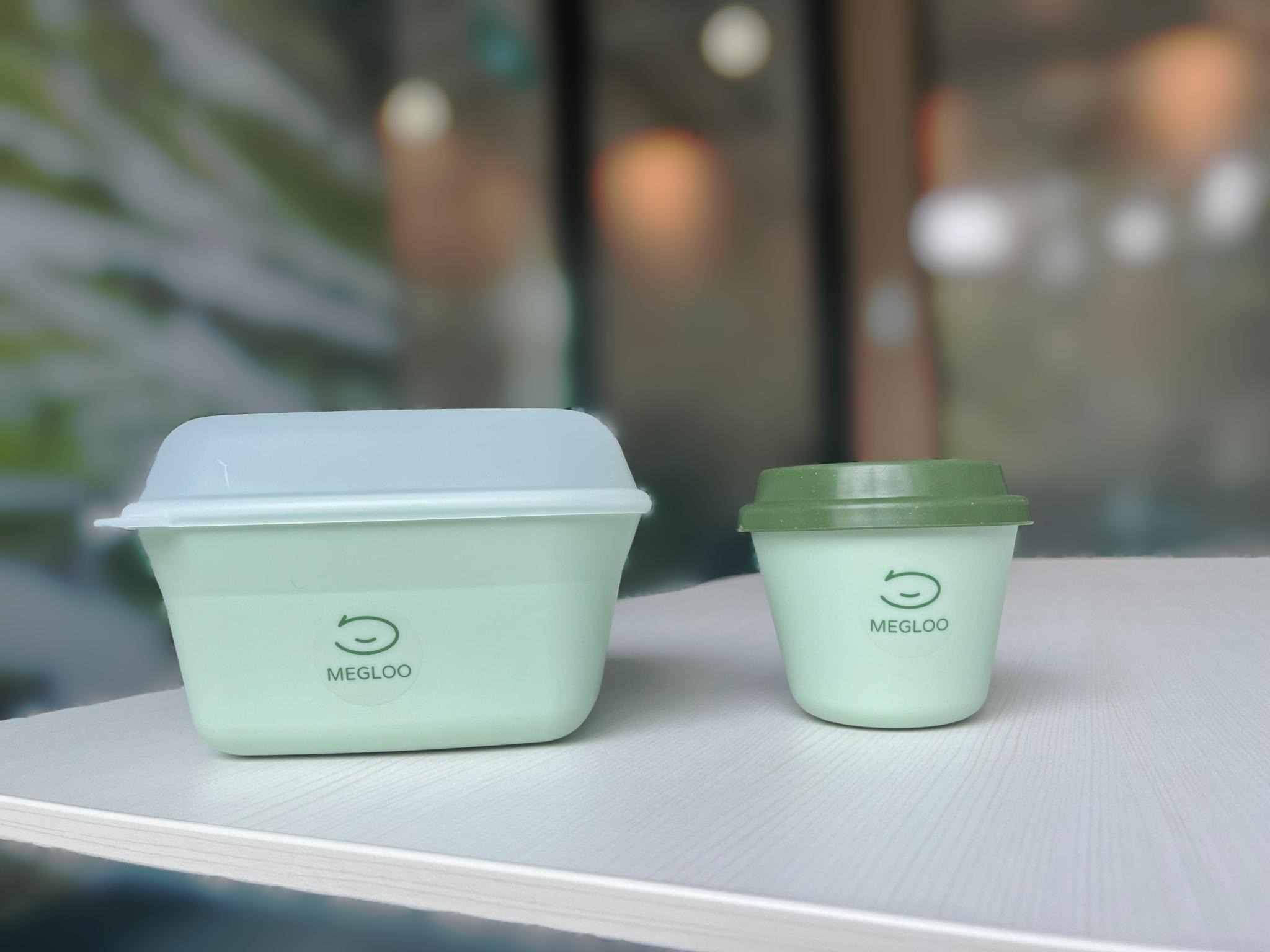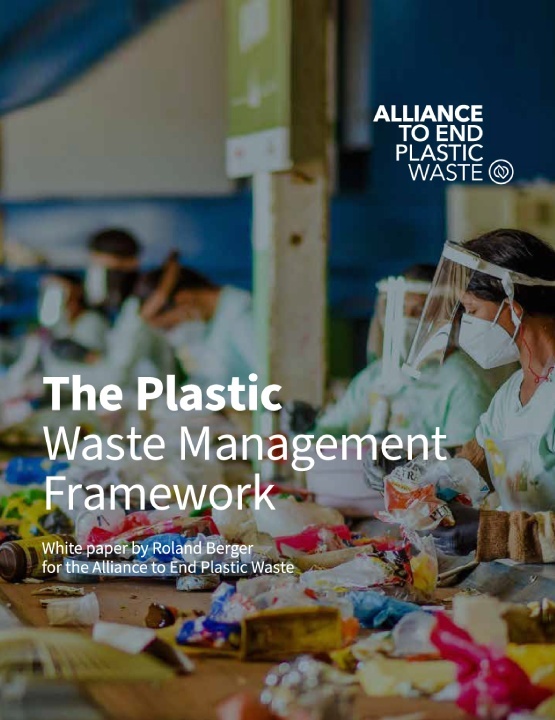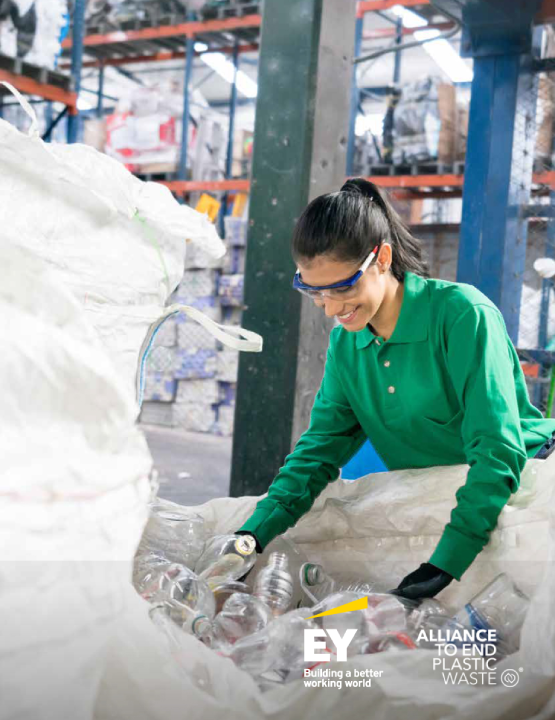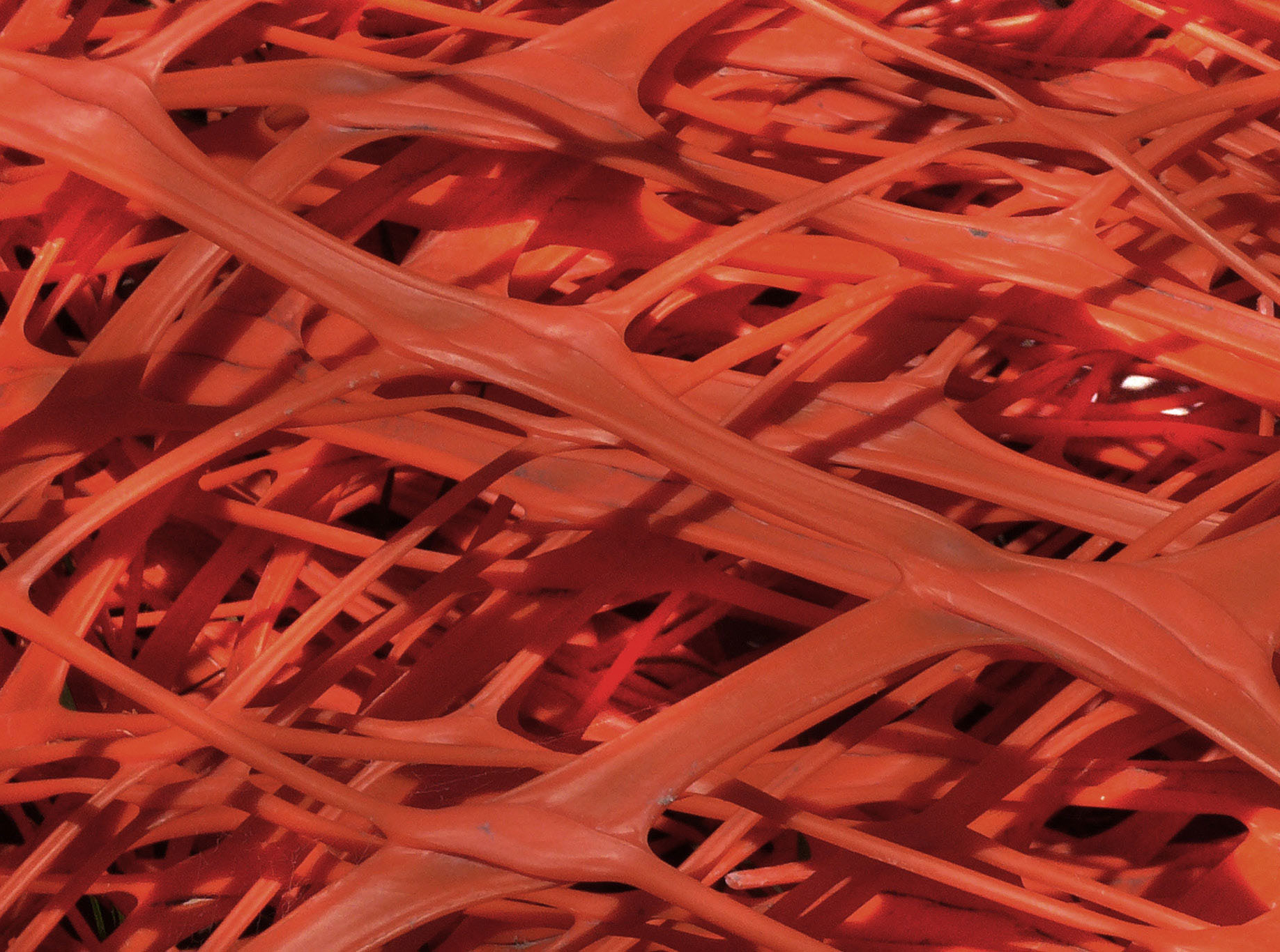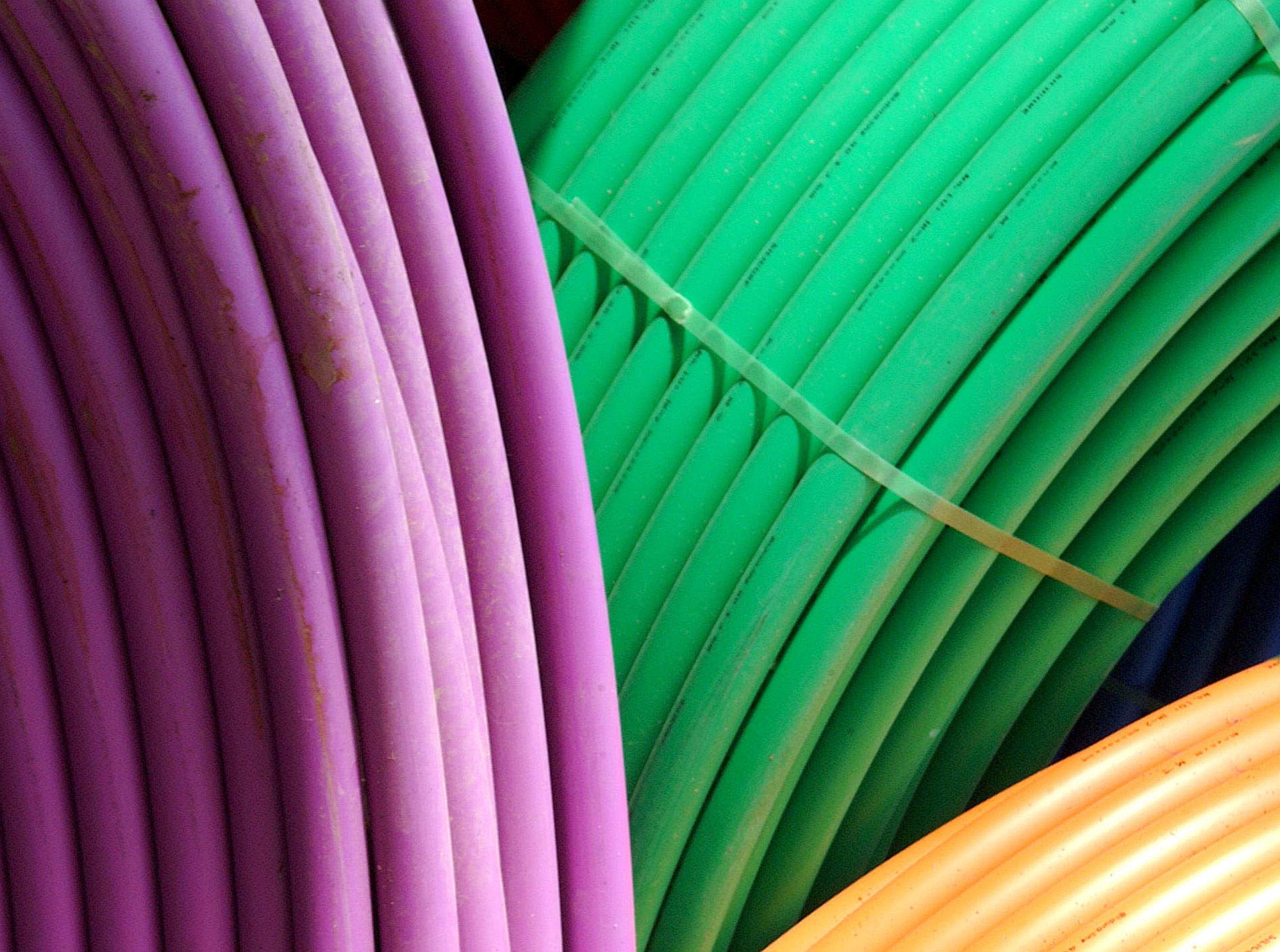A study conducted by Eunomia Research & Consulting, on behalf of the Alliance, lays out nine key requirements for feedstock that would be suitable for pyrolysis. Recommendations include material composition, need for well-sorted, clean feedstock, as well as contamination thresholds. The study aims to provide a baseline characterisation to enable greater alignment across the recycling value chain, especially as feedstock considerations are likely to evolve in line with the sector.
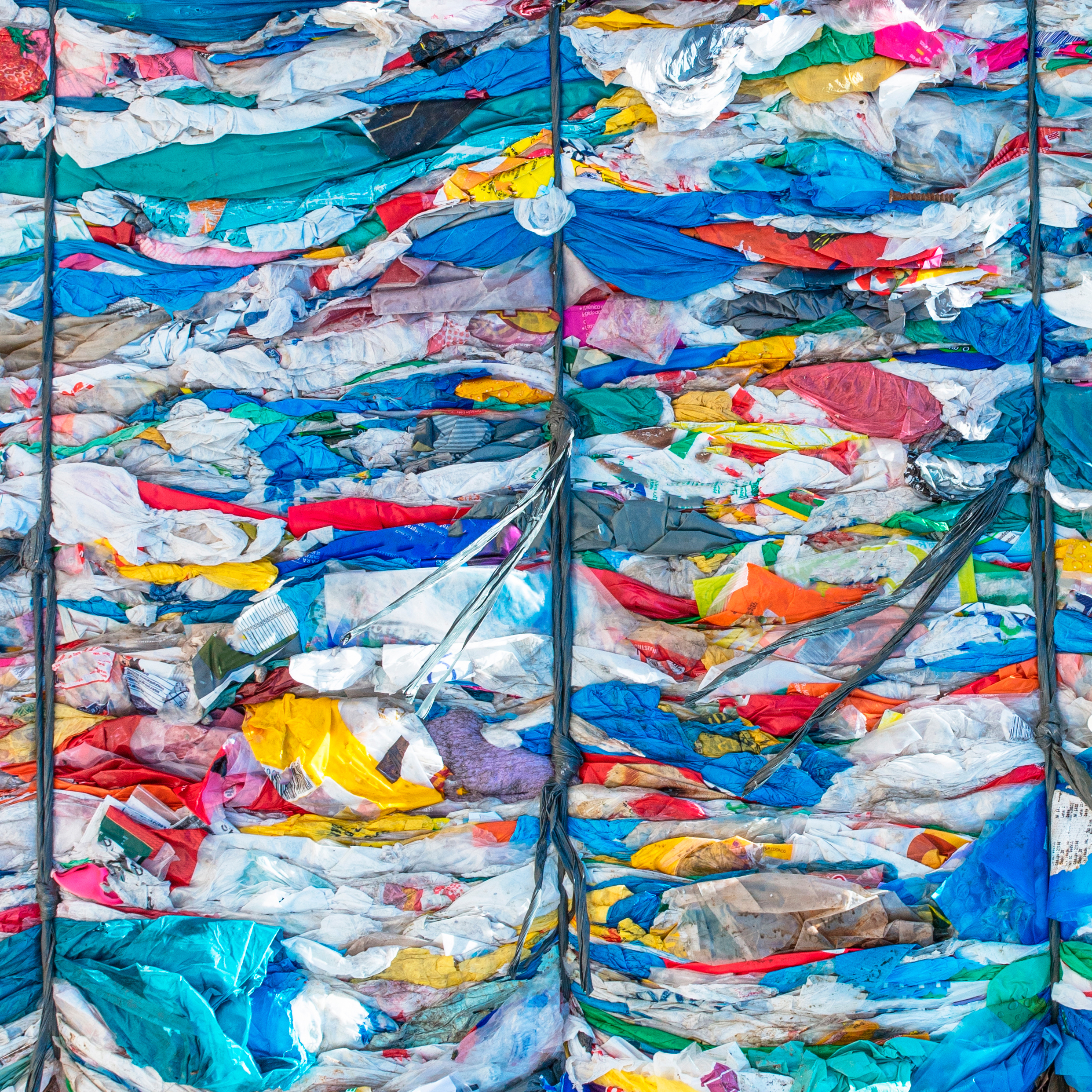

Research: Chemical Recycling
Feedstock Quality Guidelines for Pyrolysis of Plastic Waste

Research: Chemical Recycling
This report lays out nine recommendations for feedstock that can be used for pyrolysis. The study aims to provide baseline characterisation to enable greater alignment across the recycling value chain.
October
12,
2022
5 min
Overview
Feedstock Quality Guidelines for Pyrolysis of Plastic Waste
Download our latest report.

